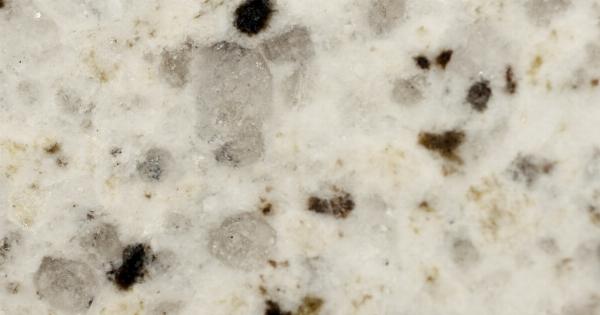White marks on your lips can be concerning and may indicate an underlying health condition. It is essential to understand the causes of these marks to determine the appropriate course of action.
Read on to learn about some common reasons for white marks on your lips and how to recognize them.
Fordyce Spots
Fordyce spots are small, raised, and painless white or yellowish bumps that can appear on the vermilion border of your lips. These spots are a result of enlarged sebaceous glands.
While Fordyce spots are harmless and require no treatment, some individuals may feel self-conscious about their appearance.
Oral Thrush
Oral thrush, also known as candidiasis, is a fungal infection caused by an overgrowth of the Candida fungus. This condition can lead to the formation of creamy white patches on the lips, tongue, and inside of the mouth.
It is common in infants, individuals with weakened immune systems, and those who use inhaled corticosteroids or antibiotics.
Leukoplakia
Leukoplakia is a condition characterized by the formation of thick, white patches on the lips and inside the mouth. It can result from chronic irritation, such as tobacco or alcohol use, or a viral infection.
While leukoplakia is usually harmless, it may sometimes develop into oral cancer, making it important to seek medical attention if you notice any changes.
Sunburn
Excessive sun exposure without proper protection can lead to sunburned lips. In addition to redness and pain, sunburn can cause white blisters or patches on the lips.
Applying sunscreen or wearing protective lip balms with SPF can help prevent sunburn and associated white marks.
Angular Cheilitis
Angular cheilitis is a common condition characterized by the development of painful cracks or splits in the corners of the mouth. In some cases, these splits may become white and scaly, causing discomfort when eating or speaking.
This condition can be caused by a variety of factors, including yeast or bacterial infections, nutritional deficiencies, or excessive saliva accumulation.
Vitiligo
Vitiligo is a skin disorder characterized by the loss of pigmentation in the skin, including the lips. This autoimmune condition causes white patches to develop, and these patches can also be seen on other parts of the body.
Although vitiligo is not contagious or dangerous, it can have a significant psychological impact on an individual’s self-esteem and confidence.
Cold Sores
Cold sores, also known as fever blisters, are caused by the herpes simplex virus and typically manifest as painful, fluid-filled blisters on or around the lips. As the blisters heal, they may leave behind white or yellow crusts.
Cold sores are highly contagious, and outbreaks can be triggered by various factors, including stress, sun exposure, or a weakened immune system.
Oral Lichen Planus
Oral lichen planus is a chronic inflammatory condition that can affect the mucous membranes of the mouth, including the lips. It presents as white, lacy patches, and can be associated with discomfort or a burning sensation.
The exact cause of oral lichen planus is unknown, but it is believed to be an autoimmune disorder.
Mucous Cysts
Mucous cysts, also known as mucoceles, are fluid-filled sacs that can form on the lips or inside the mouth. These cysts can appear as small white bumps and can be caused by trauma or damage to the salivary glands.
While mucous cysts are typically harmless, they can sometimes rupture and become painful or infected.
Actinic Cheilitis
Actinic cheilitis, also referred to as “farmer’s lip” or “sailor’s lip,” is a precancerous condition that occurs due to long-term sun exposure.
It leads to dry, scaly lips with white patches and can increase the risk of developing lip cancer. If you notice persisting white marks on your lips or experience chronic lip dryness, it is crucial to consult a dermatologist.
When to Seek Medical Attention?
While some white marks on the lips may not require medical intervention, it is essential to be vigilant and seek medical attention if you experience the following:.
- Increasing size or number of white marks
- Changes in appearance or texture of the marks
- Associated pain, discomfort, or bleeding
- Difficulty eating, speaking, or swallowing
- Persistent color changes or loss of pigment
- Any other concerning symptoms or changes
If you are unsure about the cause of the white marks on your lips, it is always best to consult a healthcare professional to receive an accurate diagnosis and appropriate treatment.
Conclusion
White marks on the lips can have various causes, ranging from harmless conditions like Fordyce spots or sunburn to more serious conditions such as oral lichen planus or leukoplakia.
While some marks may resolve on their own or require minimal intervention, others may necessitate medical evaluation and treatment. It is crucial to monitor any changes in the appearance, texture, or sensation of the marks and seek prompt attention if needed.
Maintaining good overall health, protecting your lips from excessive sun exposure, and practicing proper oral hygiene can help prevent and manage these white marks on your lips.































